
Albert "Tootie" Heath is an American jazz hard bop drummer, the brother of tenor saxophonist Jimmy Heath and the double-bassist Percy Heath.

Sextant is the eleventh studio album by Herbie Hancock, released in 1973 by Columbia. It is the last album with the Mwandishi-era sextet featuring saxophonist Bennie Maupin, trumpeter Eddie Henderson, trombonist Julian Priester, bassist Buster Williams and drummer Billy Hart. Synthesizer player Patrick Gleeson and percussionist Buck Clarke also appear.

Mwandishi is the ninth album by jazz pianist Herbie Hancock, released in 1971. It is the first album to officially feature Hancock’s ‘Mwandishi’ sextet consisting of saxophonist Bennie Maupin, trumpeter Eddie Henderson, trombonist Julian Priester, bassist Buster Williams and drummer Billy Hart.

Man-Child is the fifteenth studio album by jazz pianist Herbie Hancock. The record was released on August 22, 1975 by Columbia Records. It was the final studio album to feature The Headhunters, and a number of guest musicians including saxophonist Wayne Shorter, a full brass section, four different guitarists, and Stevie Wonder on harmonica.
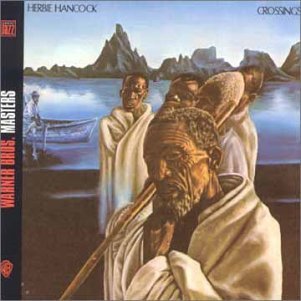
Crossings is the tenth album by jazz pianist Herbie Hancock, released in 1972. It is the second album in his Mwandishi period, which saw him experimenting in electronics and funk with a sextet featuring saxophonist Bennie Maupin, trumpeter Eddie Henderson, trombonist Julian Priester, bassist Buster Williams and drummer Billy Hart. The album is the band's first to feature synthesizer player Patrick Gleeson. He was scheduled to "set up his Moog for Hancock to play." However, Hancock was so impressed with Gleeson that he "asked Gleeson not only to do the overdubs on the album but join the group."

Fat Albert Rotunda is the eighth album by jazz keyboardist Herbie Hancock, released in 1969. It was Hancock's first release for Warner Bros. Records after his departure from Blue Note Records. The music was originally done for the TV special Hey, Hey, Hey, It's Fat Albert, which later inspired the Fat Albert and the Cosby Kids TV show.

V.S.O.P. is a 1977 double live album by keyboardist Herbie Hancock, featuring acoustic jazz performances by the V.S.O.P. Quintet, jazz fusion/ jazz-funk performances by the ‘Mwandishi’ band and The Headhunters. The concert was advertised as a "Herbie Hancock Retrospective," and Miles Davis, who was several months into his temporary retirement, was advertised as playing with the V.S.O.P. group. According to concert attendees, on the night of the show a handwritten sign was posted on the lobby door announcing that Davis would not be playing, but that Hubbard would be appearing instead.
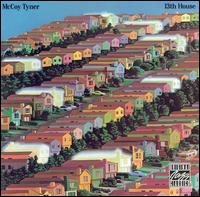
13th House is a 1981 album by jazz pianist McCoy Tyner released on the Milestone label. It was recorded in October 1980 and features performances by Tyner with a big band that includes alto saxophonist Joe Ford, flautist Hubert Laws, tenor saxophonist Ricky Ford, trombonist Slide Hampton, bassist Ron Carter and trumpeters Oscar Brashear and Charles Sullivan.
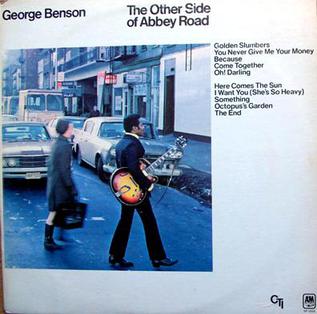
The Other Side of Abbey Road is a 1970 studio album by American guitarist George Benson of songs from the Beatles' 1969 album Abbey Road. It was his last album for A&M Records. The front cover is a photograph of Benson by Eric Meola in E 53rd Street, Midtown East, New York City.

Sounds...and Stuff Like That!! is a 1978 studio album by Quincy Jones.

Super Hits is a greatest hits album from Miles Davis. Released in 2001, it reached #22 on Billboard's Jazz Albums chart.

The Essential Miles Davis is a 2-CD compilation album by Miles Davis released by Columbia Legacy on May 15, 2001. It belongs to Sony Music Entertainment's "The Essential" series, not to the series "Essentials," established by WEA International, and was released as part of Sony's Miles 75 Anniversary program. In 2008, The Essential Miles Davis 3.0 was released as a limited edition album featuring a bonus third disc that added five more songs to the original track list.

Directions is a compilation album by American jazz musician Miles Davis, released in 1981 by Columbia Records. It collects previously unreleased outtakes that Davis recorded between 1960 and 1970. Directions was the last of a series of compilation albums - mostly consisting of, at that time, previously unreleased music - that Columbia released to bridge Davis' recording hiatus that ended with The Man with the Horn in July 1981.
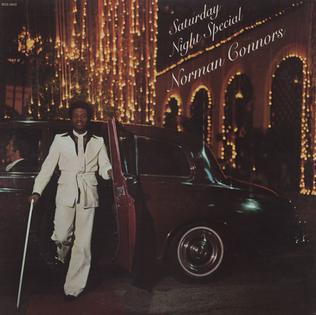
Saturday Night Special is an album by the Philadelphia, Pennsylvania jazz drummer Norman Connors.

Blue Moses is an album by American jazz pianist and composer Randy Weston featuring performances recorded in 1972 and released on the CTI label.

Inside Out is an album by American jazz trumpeter Eddie Henderson recorded in 1973 and released on the Capricorn label.

Realization is the debut album by American jazz trumpeter Eddie Henderson recorded in 1973 and released on the Capricorn label.

Mahal is an album by American jazz trumpeter Eddie Henderson recorded in 1978 which was his second album released on the Capitol label.
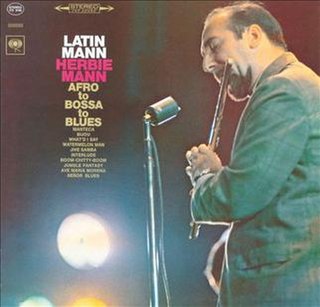
Latin Mann is an album by American jazz flautist Herbie Mann recorded for the Columbia label and released in 1965. Mann's contract with Atlantic Records allowed him to record the album for another label.



















